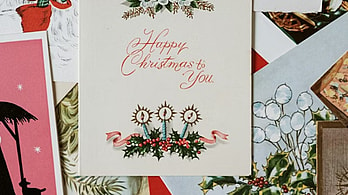
Most people start collecting baseball cards while they are young or in their teens, but many others continue and deepen their enthusiasm long into adulthood. Based on the production year, the player on the card, and the precise number in the set, these collectors are aware of the true value of baseball cards. But how can you tell if a baseball card is worth money?
Young baseball card collectors have developed into important members of a knowledgeable, passionate community. Baseball card collecting is a fascinating activity for both experts and amateurs because some baseball cards occasionally fetch thousands or even millions of dollars at auction houses. Here are eight simple methods to tell if a baseball card is worth money. These tips and tricks will surely help any collector to evaluate their cards.
Grading
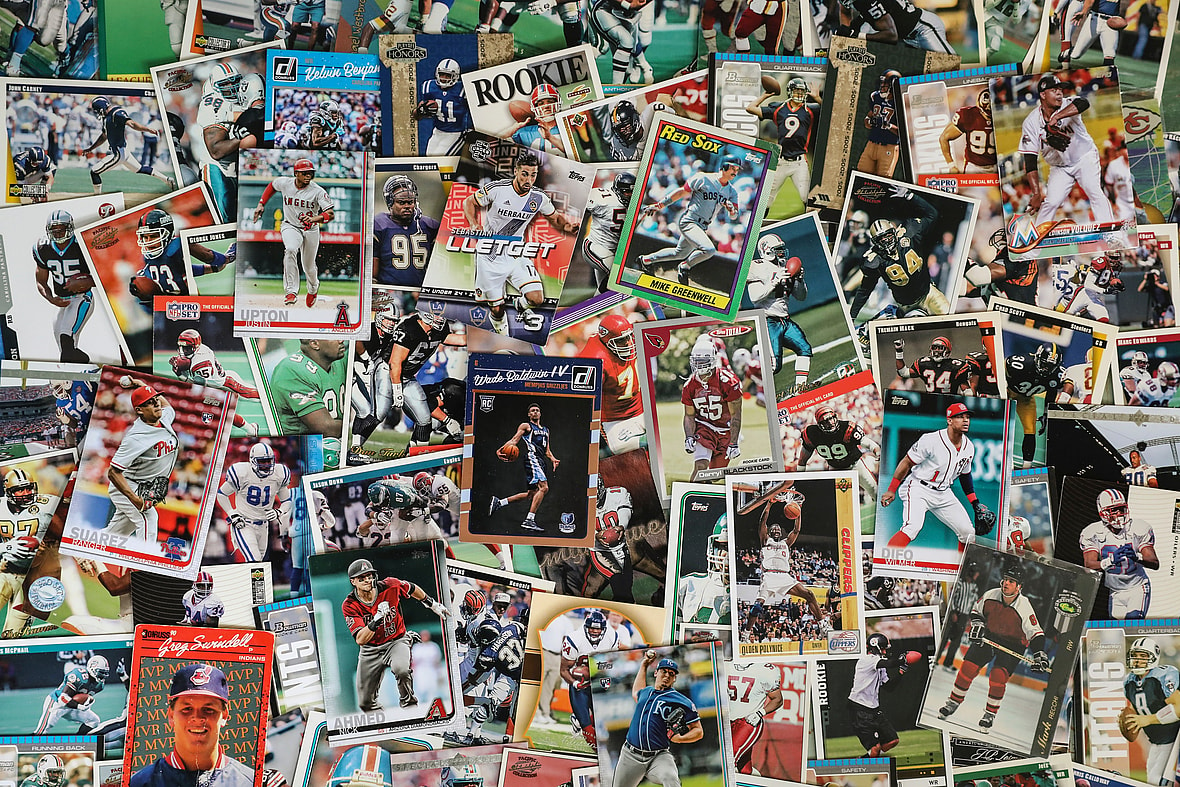
Baseball cards that have undergone professional authentication or grading are more expensive to collect than ungraded variants. Baseball card appraisers provide a grade to each card, with 1 denoting “poor quality” and 10 denoting “almost perfect.” It is more difficult for buyers and sellers to come to an agreement on a reasonable price based on the condition of ungraded cards. Because grading and authentication is not always accessible, this is only one of many methods by which to tell if a baseball card is worth money.
The Errors
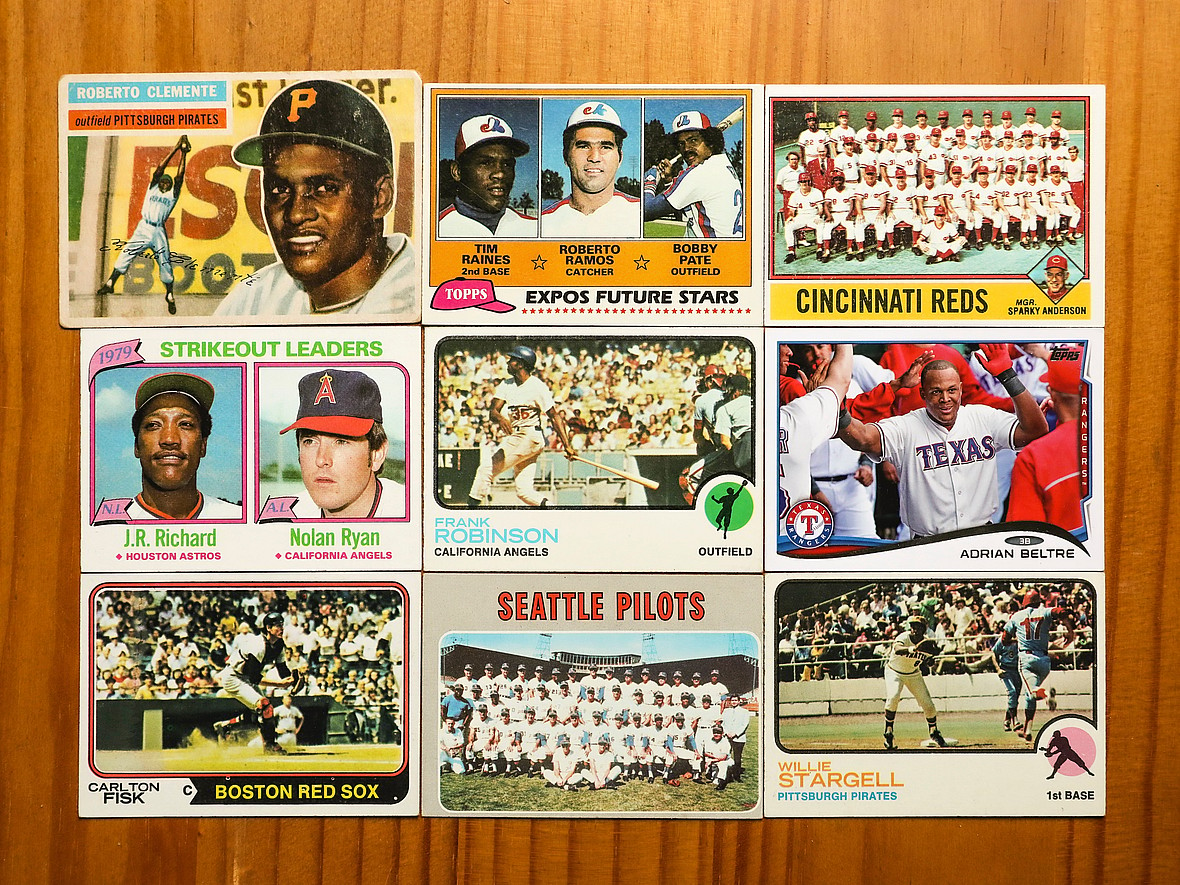
When baseball cards are printed, mistakes might happen. Depending on the rarity of a card, such manufacturing faults might occasionally result in price rises (yes, raises).
Baseball cards can have two different kinds of errors: rectified and uncorrected. Manufacturers find and fix corrected errors, but not before some of the incorrect baseball cards have already been created. Because there are fewer of them, uncorrected baseball cards are more valuable and rarer. As a result, collectors may be willing to pay extra for a baseball card that has not been repaired.
T206 Joe Doyle is one of the most expensive baseball cards ever produced. The producers incorrectly labeled it as “NAT’L,” which is an acronym for “National League,” given that he played for the American League. The erroneous version is worth a staggering $550,000. Thus, if your cards have any errors, this is a great way to tell if a baseball card is worth money.
Check Out: Top 25 Highest-Selling Basketball Cards from the Junk Wax Era on eBay (May 2023)
Print Variation

Print variations describe several formats and layouts of a baseball card with a single athlete. For instance, some cards might have a bold yellow typeface, while others might have a white font. A good example is the Mickey Mantle card from the 1969 Topps set. Depending on the general condition, the price of the yellow variant may be four times greater than the white version. Because different styles of each card may be worth more, this is a simple method to tell if a baseball card is worth money.
Print Year
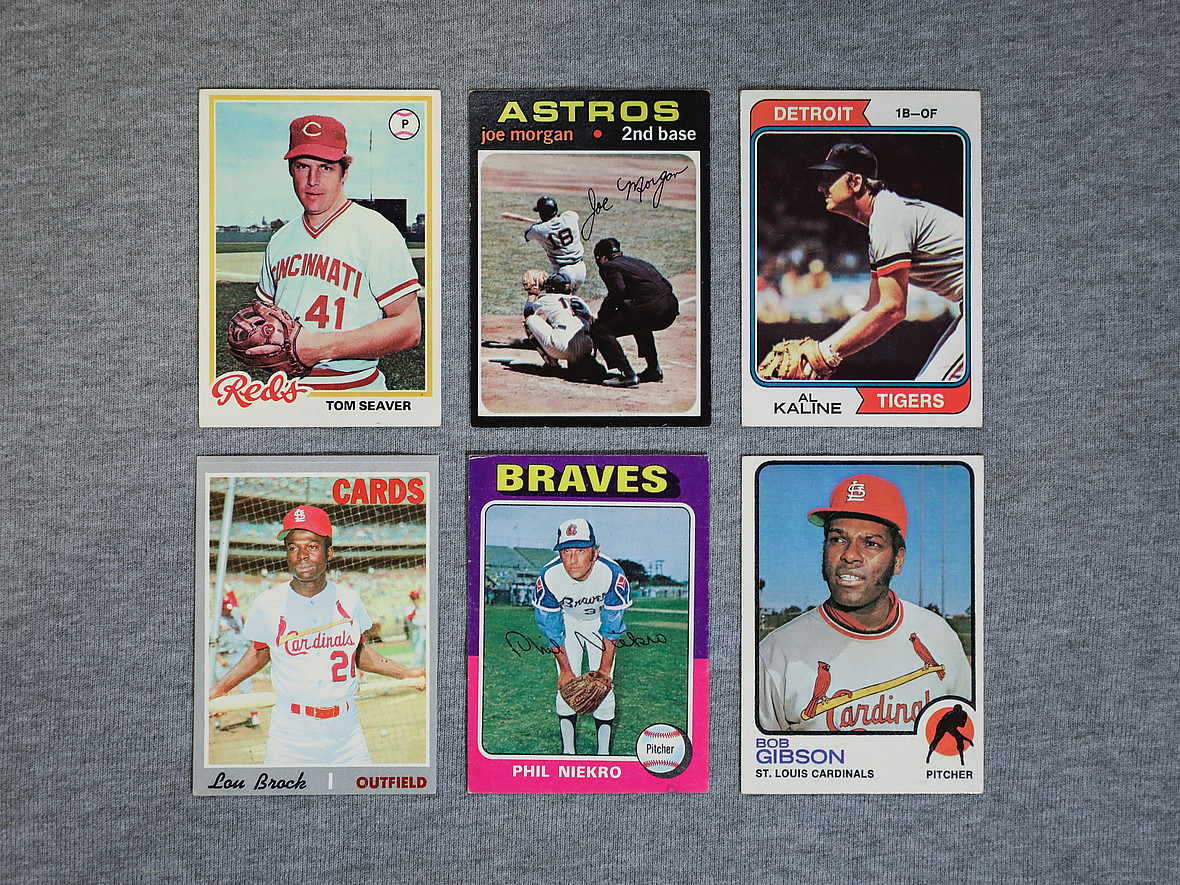
A baseball card’s demand and price tend to increase with age. For instance, the majority of common baseball cards manufactured in the late 1900s may be valued less than typical baseball cards from the early 1900s. Fewer early 1900s cards are still in existence due to many having been destroyed or lost over time, which is the primary cause of the price discrepancy. Baseball cards from the 1980s, on the other hand, were mass made and had a lesser market value.
Depending on the baseball player depicted on the card, how uncommon the item is, and whether it is in good condition, there are various exceptions. One of the most expensive baseball cards ever sold, with a price of $922,500, is an autographed card of Mike Trout. Based on the year, this is one good way to tell if a baseball card is worth money, especially without involving any expensive professional assessment.
Overall Condition
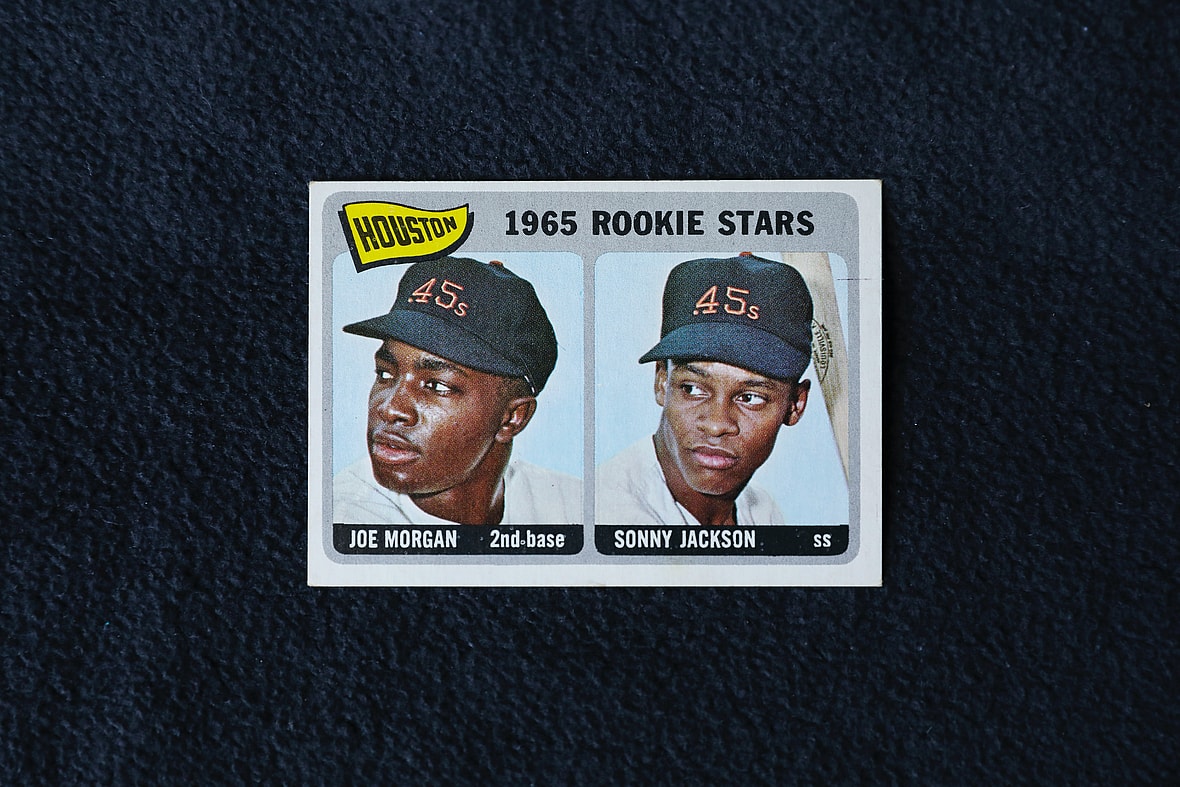
Even if you have a 1914 Baltimore News Babe Ruth card, its condition may prevent it from selling for much (or at all).
Regardless of rarity, a genuine baseball card’s condition has an impact on its value. The angles, edges, materials, and centering of the image are all significant factors in a baseball card’s auction price. If you have well-preserved or lightly used baseball cards, this might be a good way to rule out which of your cards are valuable, helping you tell if a baseball card is worth money.
Also Read: 10 Most Valuable Brock Purdy Rookie Cards
Rarity
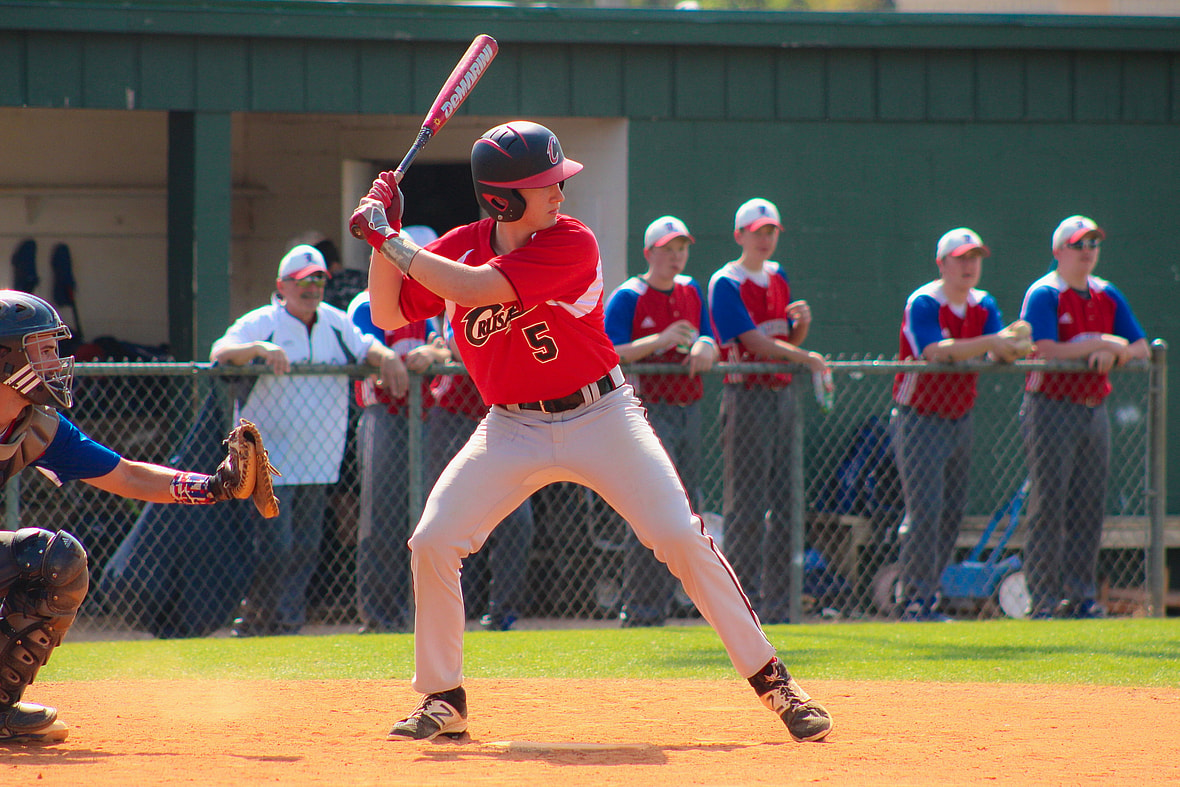
Before the 1980s, manufacturers had a cap on the number of baseball cards they could produce. As a result of their rarity and longevity, baseball cards from the early to mid-1900s are more expensive. Additionally, compared to common cards created in the summer, which were designed to help retain people’s interest in the sport, “high number” cards printed toward the end of the baseball season tend to be worth more. On the other hand, “short prints” were created and were in use for a shorter period of time for no particular reason, hence these cards can also have a greater price owing to rarity. This is a great way to tell if a baseball card is worth money.
Set Sequence
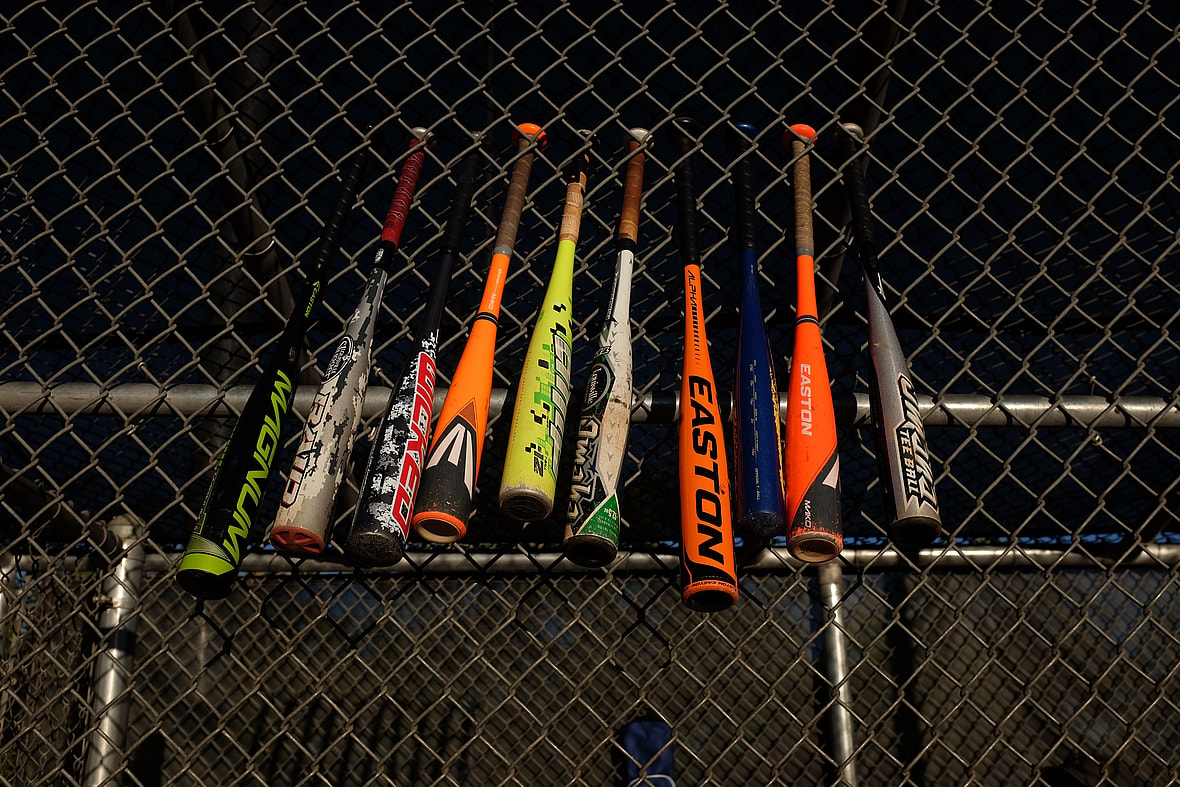
Due to the printing and handling processes, a baseball card’s worth can be determined by the set sequence.
In the upper left corner of the sheet, which is more vulnerable to damage than other places, is the first baseball card in a set. Additionally, because the card is in this position in the collection, it is always more exposed and subject to more deterioration over time. As an illustration, consider the 1952 Topps Andy Pafko card, which is extremely difficult to locate in mint condition due to its inclusion in the collection. Understanding set sequence is a great way to tell if a baseball card is worth money.
The Person on the Card
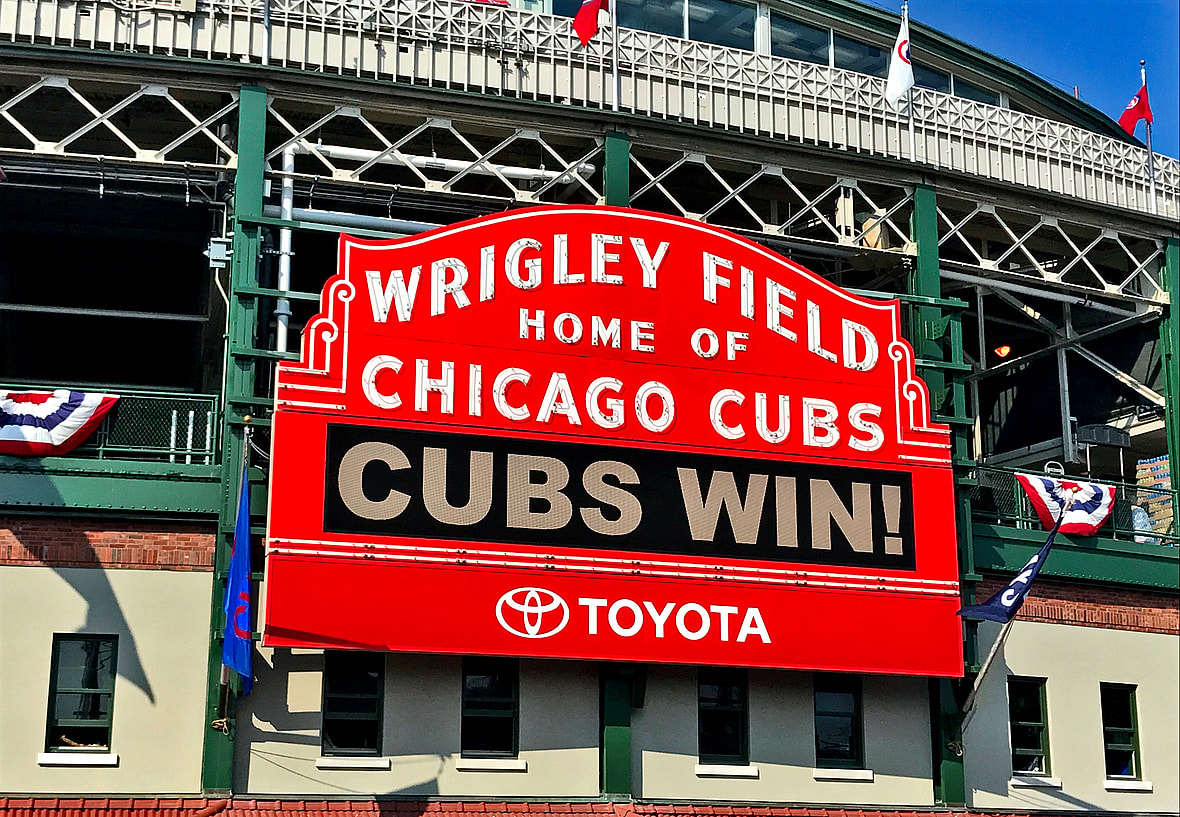
With a few notable exceptions, Hall of Fame baseball cards are often more valuable than regular player cards. For instance, if the buyer views the featured athlete as their favorite or idol from childhood, a valuable common player card can fetch a higher resale price.
A 1952 Topps Mickey Mantle card is the most expensive baseball card, and actor and businessman Rob Gough paid $5,200,000 for it in 2021. In 2018, the same card sold for $2,880,000 in 2018. If the player on your card is famous or recognizable, this may be a helpful way to tell if a baseball card is worth money.


